
July's powerful new PC hardware: Pushing new limits in graphics, storage, and more
 Image: Gordon Mah Ung
Image: Gordon Mah Ung
Quality, not quantity
July tends to be a slow month in the world of technology, as the industry takes a collective breath between June’s fierce one-two punch of Computex and E3 and August’s back-to-school rush. And true to form, the past 30 days weren’t quite as action-packed as June’s dawn of a glorious new era. Still, July was anything but dead.
This month, the deluge of cutting-edge graphics cards continued unabated, chip companies paved the way for the future, tiny PCs amped up their capabilities, and consumer storage was pushed to excessive (and excessively awesome) new heights. Let’s dig in to July’s most powerful new PC hardware!
Samsung 850 EVO 4TB
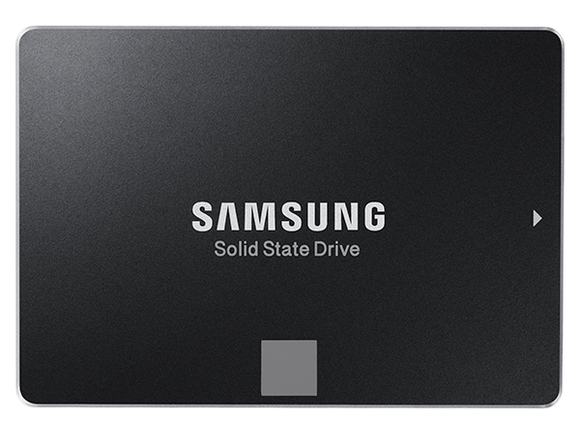
Before we get to all the new graphics cards, let’s bask in the light of some boundary-pushing storage news. In July, Samsung revealed a new model of its superb 850 EVO solid-state drive stuffed with a whopping 4 terabytes of capacity, making it the largest-ever consumer SSD ($1,500 on AmazonRemove product link). (Samsung’s pushed things even further in the enterprise space with a 15TB SSD that costs an eye-watering $10,000.)
The drive offers double the capacity of the previous 850 EVO and will reach sequential read and write speeds of 540MBps and 520MBps, respectively—pretty much the max of the SATA interface.
Seagate Barracuda Pro 10TB

Image by Gordon Mah Ung
Traditional hard drives aren’t taking the threat of mammoth SSDs sitting down, though. A mere week after Samsung revealed its plus-sized solid-state drive, Seagate unwrapped the 10TB Seagate Barracuda Pro—the largest consumer hard drive ever released.
It “only” costs $509 on AmazonRemove product link, compared to the 4TB 850 Evo’s $1,500. And the Barracuda Pro is beastly in more than sheer size alone; it performs at the peak level for mechanical hard drives, with spinning 7,200rpm platters transferring data at a fairly peppy 220MBps.
Titan X, again
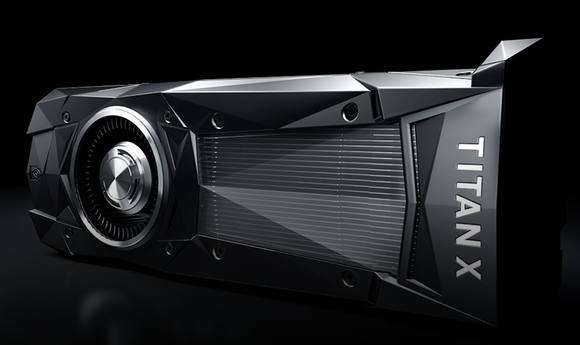
The GeForce GTX 1080’s reign as the king of gaming performance didn’t last long at all. Nvidia revealed a new Titan, powered by the company’s cutting-edge 16nm Pascal GPU, during a surprise unveiling at an AI discussion in San Francisco.
Despite ostensibly sticking with the same ol’ “Titan X” name, this next-gen graphics card looks like an utter beast, packing 12GB of GDDR5X RAM, over 1,000 more CUDA cores than the GTX 1080, a maximum boost clock of 1,531MHz, and—if you really want to push new limits—support for Nvidia’s new SLI HB bridge and multi-GPU setups. Hot damn!
That sort of face-melting performance doesn’t come cheap, though. The new Pascal-powered Titan X will cost $1,200 when it launches on the GeForce website on August 2—$200 more than the original Titan.
Nvidia Quadro P6000
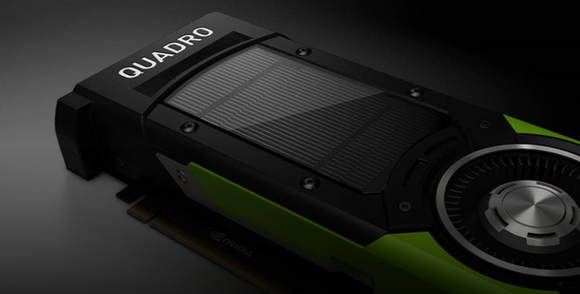
As usual, Nvidia’s also releasing a workstation-focused version of its ferocious new Titan, but in some respects the Nvidia Quadro P6000 punches even harder. This card features a whopping 24GB of GDDR5X RAM, 12 teraflops of single-precision performance, and enough oomph to power four—count ‘em, four—4K displays at 120Hz each.
AMD Radeon Pro Solid State Graphics
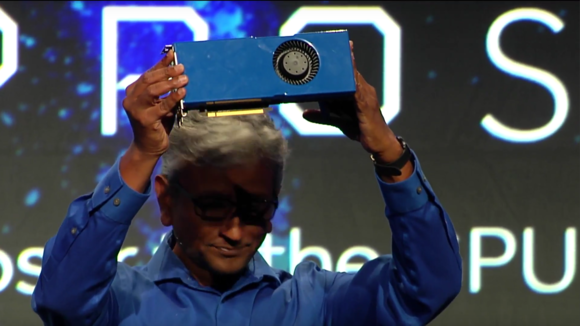
AMD introduced a truly radical new enterprise graphics card of its own in July to coincide with the launch of its new “Radeon Pro” branding. AMD’s new “Solid State Graphics” technology grafts a 1TB SSD directly to the graphics card’s GPU. Hello, Frankenstein!
Connecting such a tremendous amount of memory to a GPU—today’s graphics cards top out around 32GB of onboard RAM in workstation models, while 4GB to 8GB is the norm in consumer cards—won’t make much of a difference for gaming. But this could be a game changer for professional users who run programs that pull massive amounts of data from memory, as it minimizes the need to tap into a system’s comparatively pokey general memory pool. Case in point: AMD says today’s GPUs can run 8K videos at about 17fps, whereas an SSG graphics card runs (and scrubs through) 8K video at 90-plus frames per second.
Custom Radeon RX 480s
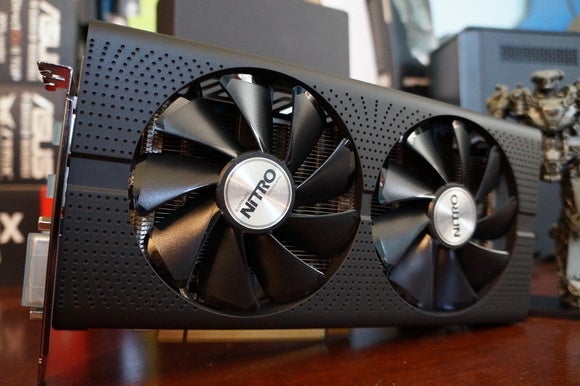
Image by Brad Chacos
But the real news in graphics cards in July was the launch of mainstream models built around AMD and Nvidia’s new cutting-edge Polaris and Pascal (respectively) GPUs, which represent a leap forward of two full technological generations. All are in short supply, however.
AMD’s Radeon RX 480 ($200 for 4GB model on Newegg, $240 for 8GB on Newegg) hit the streets in late June, and it truly revolutionized what’s possible with a $200 graphics card. This thing delivers uncompromising 1080p gameplay, a damned fine 1440p experience, and the ability to run VR without breaking the bank. Its launch was somewhat marred by a power consumption controversy, but to AMD’s credit, it quickly released a driver to fix the issue.
In July, custom versions of the RX 480 started to trickle out. We reviewed the hotly anticipated Sapphire Nitro+ RX 480 ($220 for 4GB on AmazonRemove product link, $270 for 8GB on AmazonRemove product link) pictured above, and while the overclock didn’t provide much extra oomph, it’s a refined, rethought take on AMD’s Polaris.
Nvidia GeForce GTX 1060
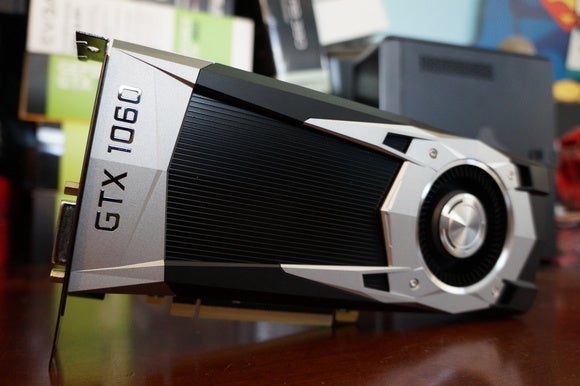
Image by Brad Chacos
Nvidia’s GeForce GTX 1060 ($250 on Newegg, or $300 for Nvidia Founders Edition) launched mere weeks after the RX 480, delivering slightly more performance in a far more power-efficient package equipped with 6GB of RAM. And unlike the RX 480, it hit the streets with a full array of custom partner cards available—though they all sold out quickly.
We think the RX 480 offers a better value as both cards deliver superb 1080p gameplay, but Nvidia’s extreme power efficiency, better overclocks, and excellent software ecosystem balance things out to some degree—though it can’t be used in multi-GPU setups. Both of these cards flat-out rock at compelling price points. There’s never been a better time to be a PC gamer.
Alienware Alpha R2
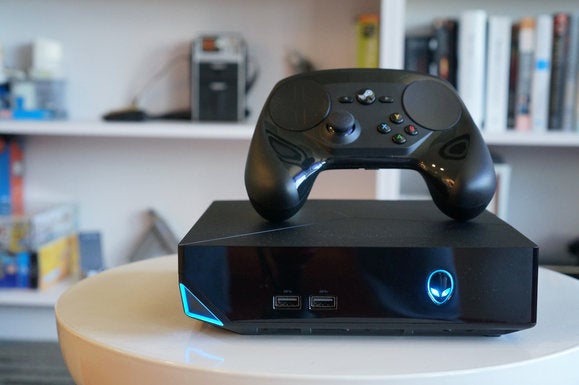
Image by Gordon Mah Ung
Those new graphics cards are for desktop PCs, but one of the flagship “console killer” living room gaming PCs received a nice update in July as well.
The Alienware Alpha R2 ($600 and up on Alienware.com) upgraded from a mobile GTX 860M chip to a full-blown GTX 960 desktop graphics card while retaining its itty-bitty size. Not enough for you? The revamp also adds fresh Intel “Skylake” processors and SSD options to the mix. That’s enough to let it play modern games at resolutions and settings that outpace today’s consoles, and if you find performance lacking in time, you can always connect the Alpha R2 to the graphics card of your choice using Alienware’s external graphics Amplifier ($160 on AmazonRemove product link).
In fact, the Alpha is now so polished that Alienware saw fit to retire the revolutionary X1 this month—the powerful gaming PC that kicked off the mini-PC revolution. R.I.P.
New-look Gigabyte Brix
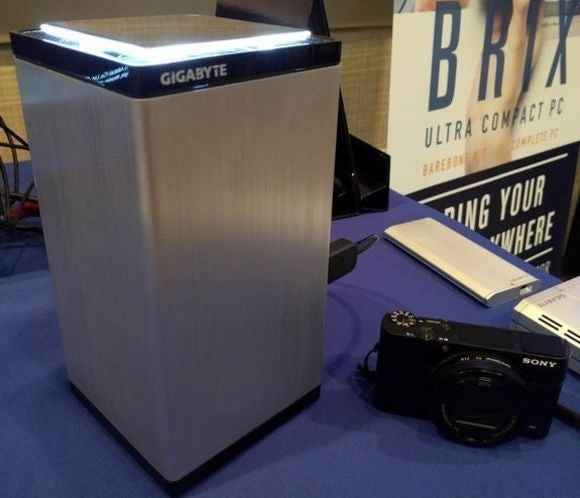
Image by Alaina Yee
But where one mini-PC dies, another blossoms. Gigabyte’s Brix series of PCs has long been an Intel NUC rival, and the company’s revamping its Gaming Brix to give it a life of its own this year. Rather than being small, flat squares, the new Gigabyte Brix PC resembles a tall rectangular monolith clad in sleek silver. The overall footprint is still roughly the same size on your desk, but the extra height allows Gigabyte to improve the cooling in the Brix, after reviewers complained of noisy fans in the last models.
Inside is an Nvidia GeForce GTX 950 desktop GPU, the choice of either a 2.3GHz Core i5-6300HQ or 2.6GHz Core i7-6700HQ quad-core mobile processor, two DDR4 SO-DIMM slots supporting up to 32GB of 2,133MHz RAM, two M.2 PCIe slots, and an Intel Wireless-AC 8260 card for dual-band 2×2 Wi-Fi 802.11ac and Bluetooth 4.2.
Lenovo’s OLED laptop
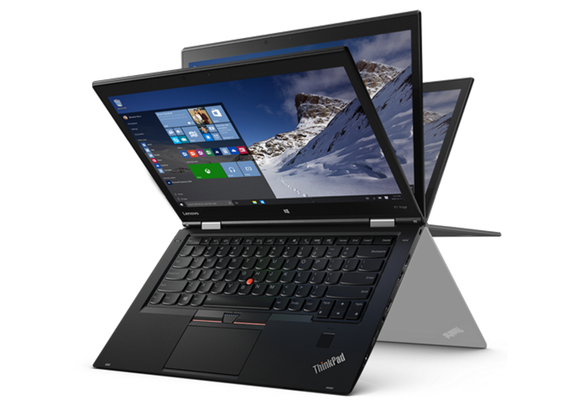
After suffering severe delays, Lenovo finally rolled out its first laptop with an organic light-emitting diode (OLED) display in July, fusing the cutting-edge display onto the superb ThinkPad X1 Yoga notebook. OLEDs are thinner, sharper, and more power efficient than traditional LED displays, making them better for laptops—but they still suffer from burn-in problems and high sticker costs.
Case in point: The ThinkPad X1 Yoga with a 14-inch OLED screen is now shipping for $1,682 on Lenovo.com, while the same model with a conventional LED screen costs $1,394. Living on the bleeding edge of technology isn’t cheap.
Chips!
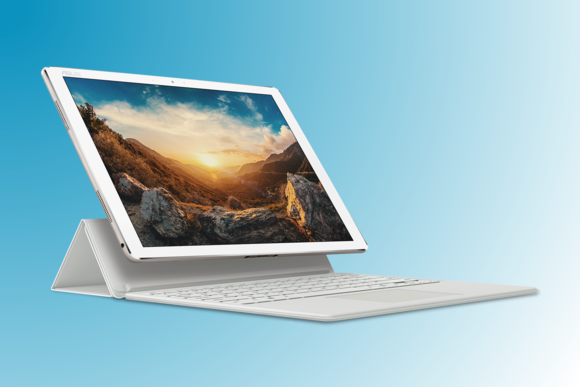
Intel and AMD started setting the stage for their respective next-gen computer processors in July.
Intel started shipping its new “Kaby Lake” processors to hardware partners this month, so expect to see laptops bearing the new CPUs (like the Asus Transformer 3 pictured above) appear in stores within the next few months.
AMD, meanwhile, said that chips designed around its highly anticipated new “Zen” CPU architecture might appear in gaming PCs in “limited volume” around the end of the year, but won’t really ship en masse until next year. The wait continues.
Onward and upward
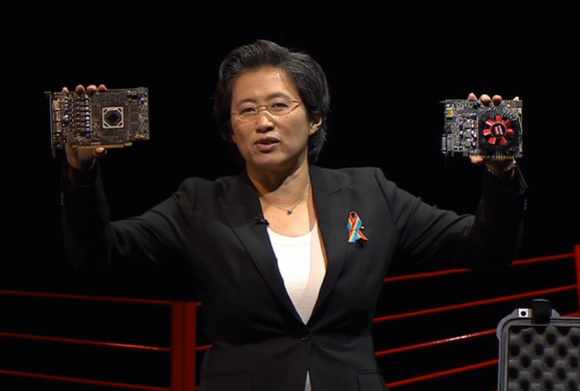
That’s it for our recap of July’s powerful new PC hardware. August is already shaping up to be a doozy, though. Beyond the anticipated deluge of back-to-school gear, AMD’s affordable Radeon RX 460 and RX 470 are scheduled to launch over the next week and a half, while Nvidia’s not-so-affordable Titan X and Microsoft’s big Windows 10 Anniversary Update both hit the street on August 2. We have an interesting PC build or two in the works, too.
But that all comes later. Catch you next month!